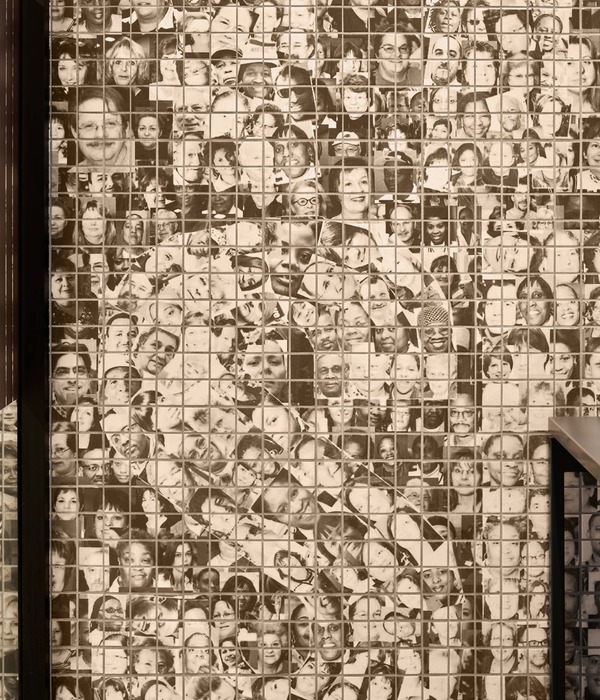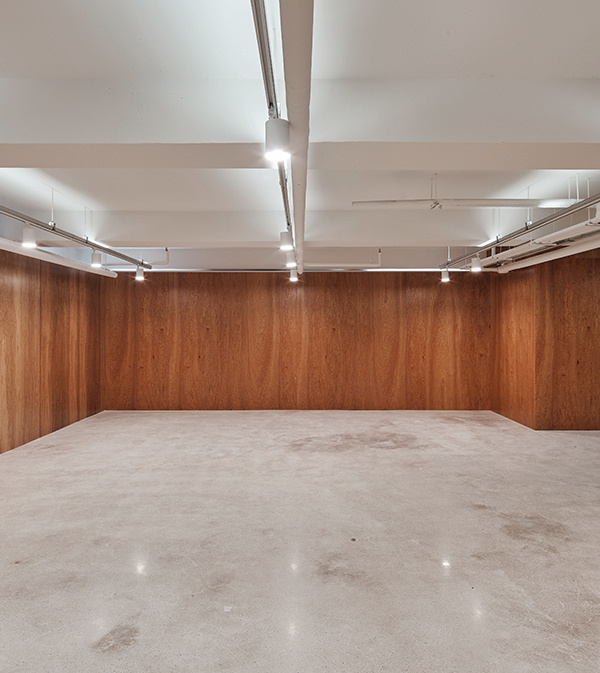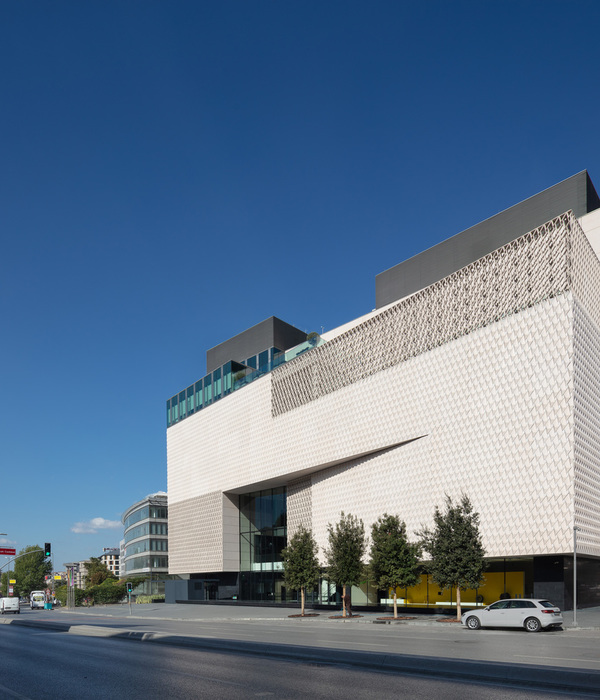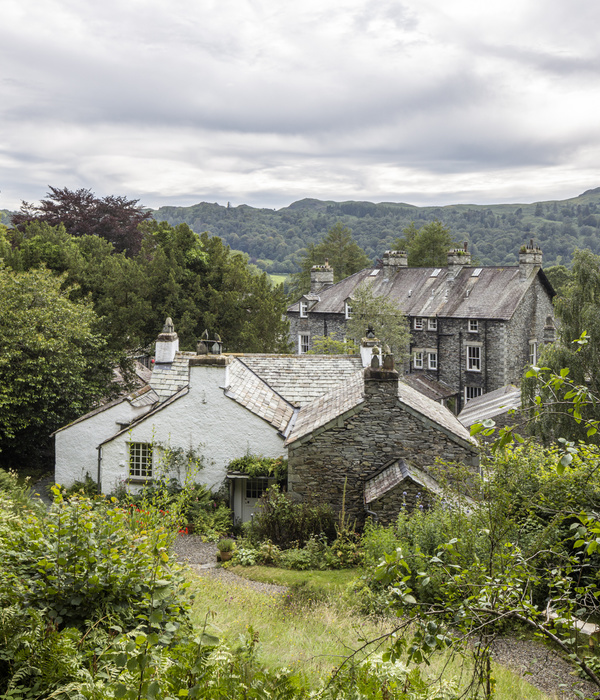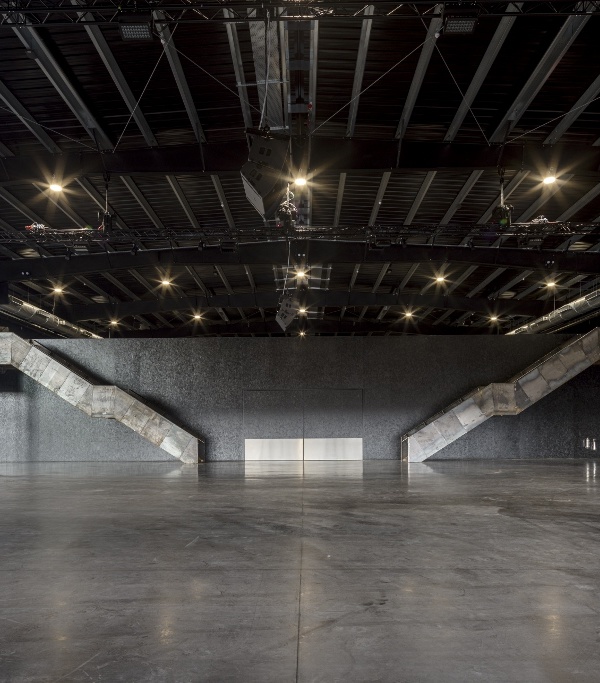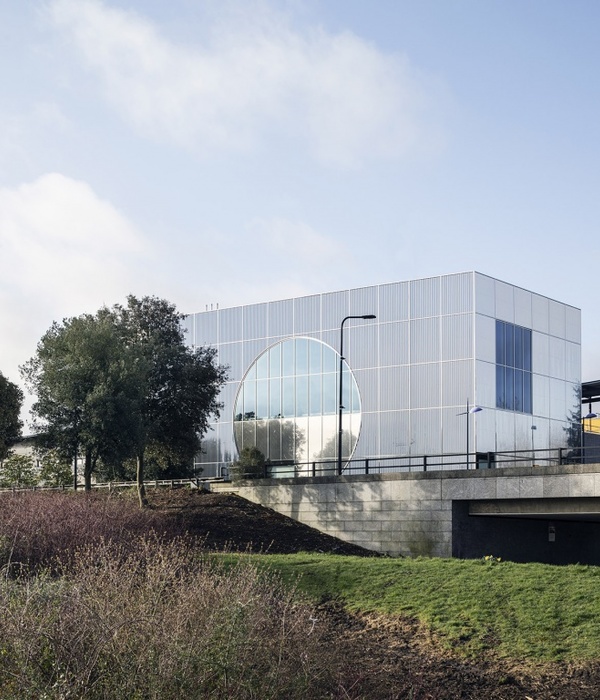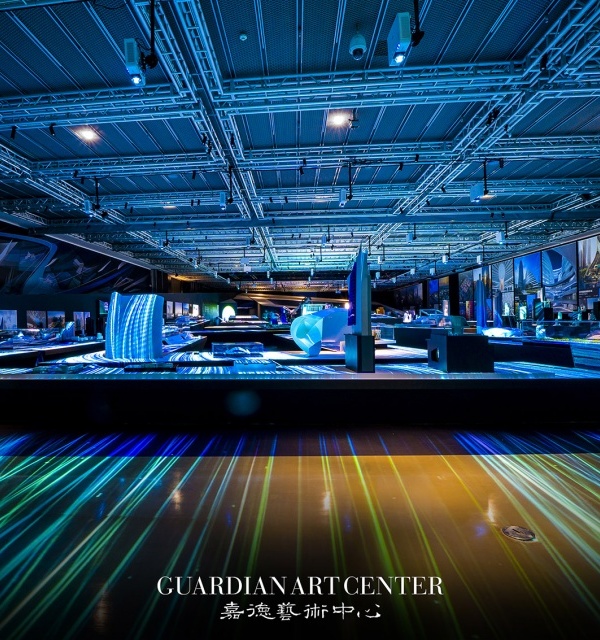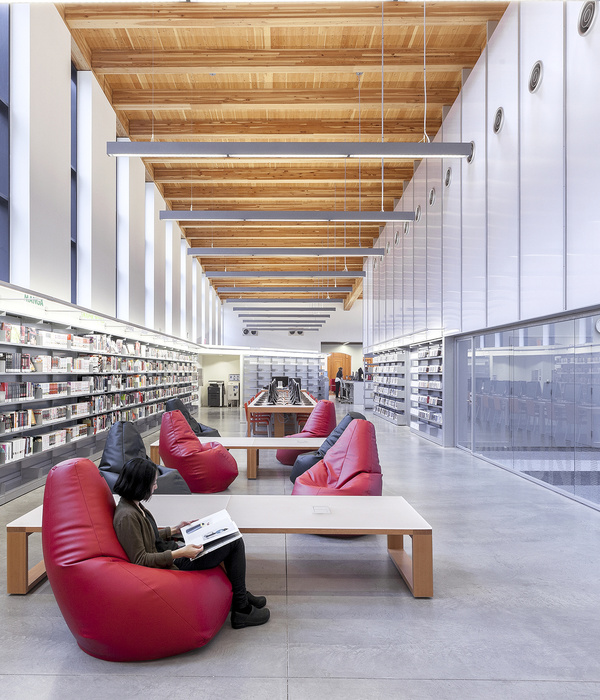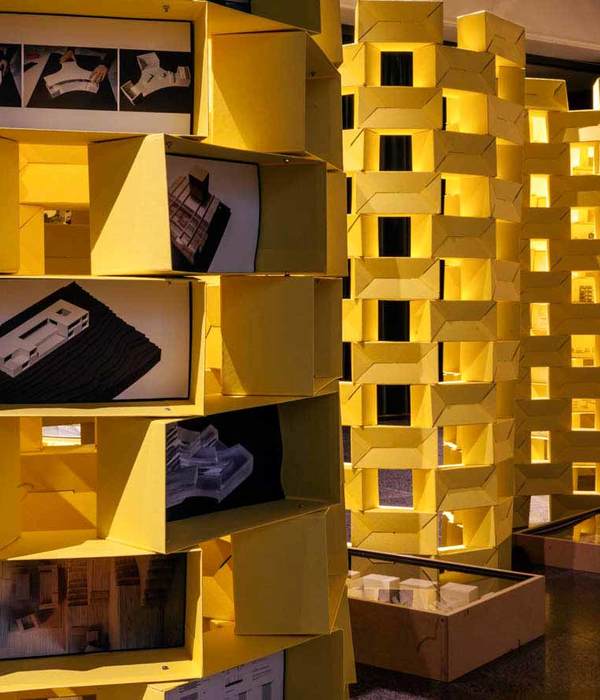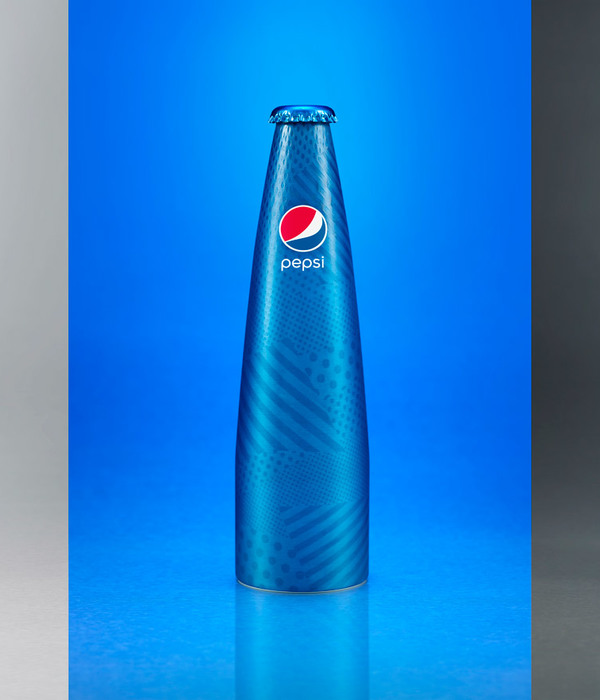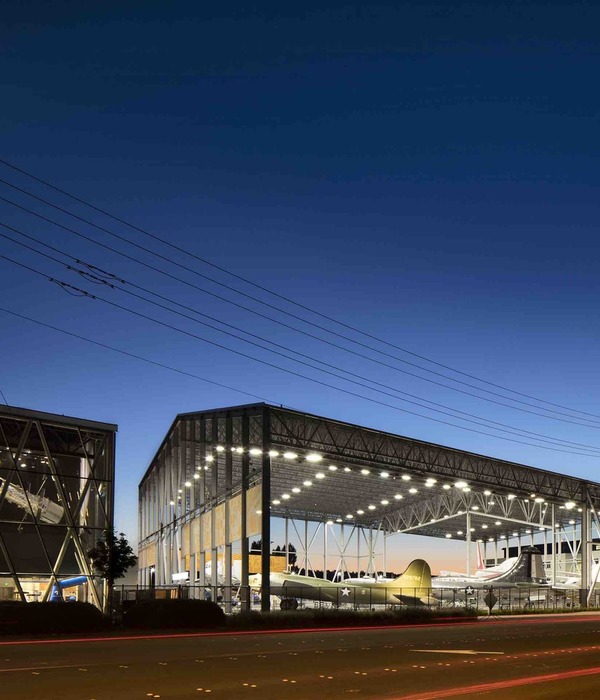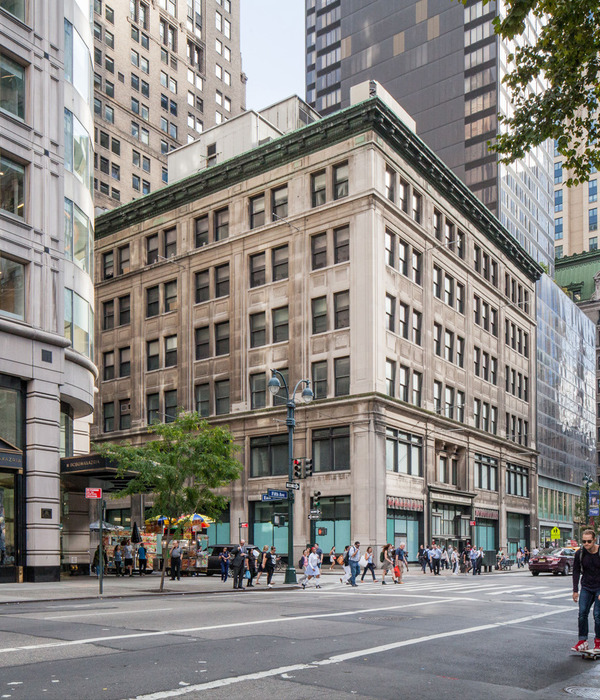无锡太湖剧院坐落在太湖湖畔,其设计灵感来源于中国最大的竹林——宜兴竹海风景区。这一可容纳2000个座位的大剧院将与Franco Dragone设计的永久水上表演融为一体,预计于2019年正式开放。
Located close to Lake Taihu in Wuxi, Jiangsu Province, China, the Wuxi Taihu Show Theatre concept was inspired by the Sea of Bamboo Park in Yixing, the largest bamboo forest in China. The 2000 seat theatre has been designed to house a permanent water show by Franco Dragone and it is due to open in 2019.
▼建筑外观,exterior view
建筑的外观由三个基本的部分构成:柱群、遮阳天蓬和外墙。细长的白色柱子是对竹林的抽象化表达,它们环绕于建筑外部,在立面和周围的景观之间树立了一座屏障。在入口处,“竹林”被徐徐“拨开”,使通往建筑内部的路径清晰地展露出来。
The building’s appearance is composed of three primary elements, the columns, the shade canopy and the building envelope. Representing an abstract impression of a bamboo forest, the slender white columns are positioned around the perimeter of the building in such a way as to provide a screen between the building façade and surrounding landscape. The ‘bamboo’ columns clear around the various entrances to help frame the accesses into the building.
▼入口立面,entrance facade
▼细长的白色柱子是对竹林的抽象化表达,the slender white columns represent an abstract impression of a bamboo forest
▼柱群细部,detailed view
▼在入口处,“竹林”被徐徐“拨开”,the ‘bamboo’ columns clear around the various entrances to help frame the accesses into the building
遮阳天蓬环绕着建筑的顶部,从概念上看,它象征着竹林顶端的茂密竹叶。天蓬由一系列三角形的百叶窗格构成,使用了金色阳极氧化铝作为材料。每个三角形窗格以随机的方式排布,为建筑带来有机的质感,并随着时间的变化投下斑驳的光影。窗格的不同角度则能够使这种变化的感觉得到进一步突显。从结构上看,三角形的窗格能够将立柱顶端的载荷分散到建筑的主要支撑结构中。天蓬和立柱系统能够为建筑的立面提供遮阳,以被动形式降低建筑的冷却负荷。
▼天蓬和立柱系统生成过程,canopy and column setting-out process
The shade canopy wraps around the perimeter of the building at roof level. Conceptually, it represents the canopy of leaves that exist at the top of a bamboo forest. The canopy is made up of various triangular bays containing rows of gold anodised aluminium louvres. Each bay is orientated randomly to create an organic quality to the structure and light and shade patterns that fall across the building envelope through the day. Each bay of louvres is also set at different angles to heighten the sense of variation when viewed from different angles.Structurally, each bay of louvres is supported on a triangular lattice structure that braces the tops of the columns and transfers their load into the primary structure of the building. The environmental purpose of the shade canopy and columns are to provide shade over the surface of the façade to passively lower the cooling load on the building.
▼环绕着建筑的天蓬象征着竹林顶端的茂密竹叶,the shade canopy wraps around the perimeter of the building at roof level, which represents the canopy of leaves of a bamboo forest
▼三角形的金色阳极氧化铝窗格,a various triangular bays containing rows of gold anodised aluminium louvres
建筑的外墙主要由覆盖以彩色饰面的预制砌块和玻璃幕墙构成。通高的玻璃墙围绕着整个入口大厅,为主要的公共区域提供了最大化的视野。玻璃的表面上还烧结以白色和金色的条带图案,同样也是模仿了竹林的形态,并能够使环绕在建筑外部的白色柱群产生更加强烈的效果。
The building envelope is primarily composed of rendered and painted block-work and curtain wall glazing. The glazing is the full height of the building in and above the entrance lobby to provide maximum views into and out of the main public areas. It is fritted with white and gold stripes that travel the full height of the building mimicking the ‘bamboo’ columns and contributing to the effect of the building being the outer edge of a forest of bamboo.
▼外墙表面装饰以白色和金色的条带图案,同样模仿了竹林的形态,the glazing is fritted with white and gold stripes that travel the full height of the building mimicking the ‘bamboo’ columns
夜晚,建筑的外墙将由灯光从下方照亮,成为一座缥缈的灯塔,在柱群构成的竹林之间露出身影,从而将游客和观众从湖岸和周围吸引过来。
At night, the building envelop is illuminated from below, becoming an ethereal beacon, glimpsed between the forest of ‘bamboo’ columns, drawing spectators and audience in from across the lake and surrounding development.
▼夜间效果,night view
▼水岸视角,view from the waterfront
▼在广场上,on the square
▼场地平面图,site plan
▼平面图,plan
▼剖面图,section
▼柱群生成示意图,design process
▼顶篷窗格细部,anodised aluminium louvre detail
Architect: SCA | Steven Chilton Architects
Client: Dalian Wanda Group
Architecture and Design Management: Wanda Cultural Tourism Planning & Research Institute Co. Ltd
Concept Engineer: Buro Happold Engineering
Theatre Consultant: Auerbach Pollock Friedlander
Show Design: Dragone
LDI: Tongji Architectural Design
{{item.text_origin}}

